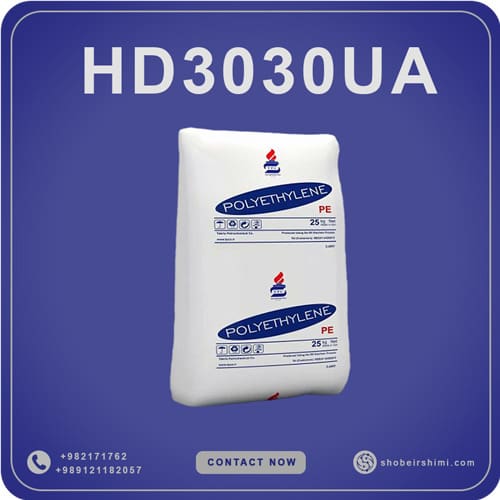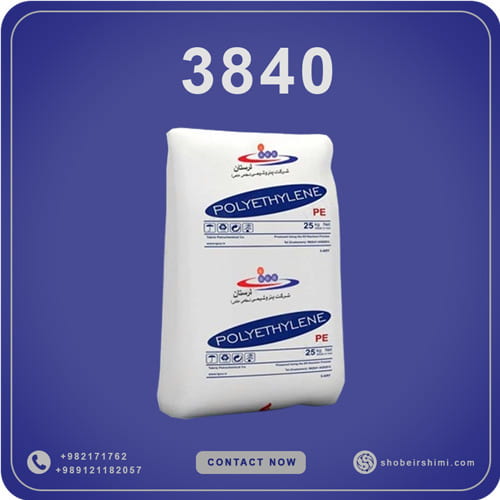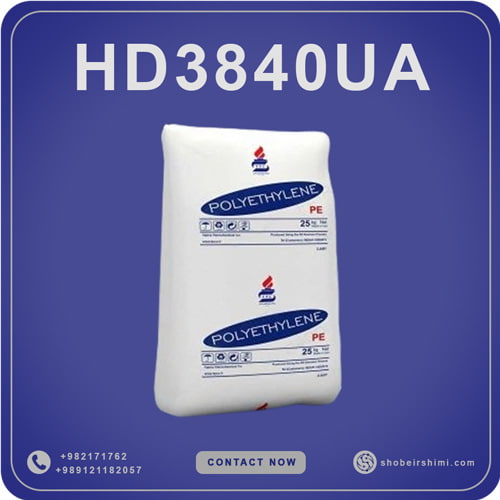HDPE Rotational Molding
To create hollow and seamless products, advanced technology is used to mold HDPE, which is high-density polyethylene, using the technique known as HDPE Rotational Molding. HDPE is different from both LDPE and LLDPE, and this is both a positive and a negative difference, due to the high stiffness, tensile strength, and other qualities. Polyethene that has greater flexibility yet lower rigidity is the LDPE, whereas the LLDPE, that is, the low-density polyethene, has enhanced toughness, yet lower rigidity than the LDPE. High-density polyethene is termed as HDPE, and unlike both LDPE and LLDPE, it has high structural strength and rigidity. In rotational molding, HDPE has the impact strength and low permeability of the polymer, making it the material of choice in applications that require long life under environmental exposure and mechanical load.

These, combined with ease of processing and low cost, are reasons why High-density polyethylene molding is always the first option in serious applications such as septic tanks, potable water tanks, toys, traffic signs, and marine equipment. The ability of the material to withstand static load and cyclic stress makes the material stand out from other rotomolding polymers.
HDPE Rotational Molding Grades
A complete comparison of the two widely used HDPE rotational molding Grades, both of which are tailored for specific industrial applications, is presented below:
The HDPE Rotational Molding Process: Step-by-Step
HDPE Rotational Molding involves various technical steps that ensure dimensional accuracy and durability in the final application.
- Material Preparation: To start rotational molding of HDPE, raw polymer beads are milled using a micro-pelletizer or customized mill to obtain a fine powder. Particle size distribution should be done to have an even wall thickness when subjected to heat. Additives such as UV stabilizers, colorants, or processing aids can then be incorporated, and the HDPE Grades can meet performance specifications in uses like outdoor, food-grade, or heavy-duty usage.
- Molding and Heating: In HDPE rotomolding, pre-treated powder is charged into precisely designed moulds, often with embedded inserts like threaded metal parts. The mould is then biaxially rotated inside a heat chamber, where slow melting ensures uniform coverage.
- Cooling and Demolding: When the mold cavity is uniformly coated, controlled cooling is begun, usually through forced air or water spray systems. Control of cooling rates is critical in HDPE rotational molding Grades, as rapid quenching can lead to warpage, and slow cooling will provide dimensional stability.
- Finishing and Assembly: While Rotational molding HDPE produces near-net-shape components, various finishing operations are often required. These may involve flash trimming, drilling, surface texturing, or assembly of components.
- Role of Molds: Mold design is also very important in HDPE rotomolding because the part geometry, cooling passages, and material flow paths all directly affect product performance.
Key Benefits and Characteristics of HDPE Rotomolded Products
HDPE Rotational Molding consistently results in products with superior material performance and economic advantages to a wide range of industries.
- Exceptional Durability and Impact Resistance: Rotational molding HDPE’s most typical strength is that it can withstand enormous mechanical loads and repeated impacts. For this reason, it is the material of choice for heavy-duty applications such as septic tanks, large chemical tanks, and tanks integrated into construction equipment.
- Lightweight Material Properties: Even though it is very stiff, High-density polyethylene molding yields lightweight structures with overall product weight reduction. This feature finds special application in the automotive and marine industries, where fuel efficiency and handling are promoted through reductions in weight.
- Resistance to Chemicals, Corrosion, and UV Radiation: Products made by HDPE rotational molding Grades exhibit better resistance against acids, bases, and hydrocarbons, as well as adequate protection against weathering and ultraviolet breakdown.
- Ability to Form Complex, Seamless Shapes: The unique processing nature of HDPE rotomolding allows the manufacture of leak-free, weld-free, and jointless hollow components. The leak-free design minimizes leak points and enhances storage tank, drinking water container, and food-grade tank reliability.
- High Stiffness and Rigidity: Compared to LDPE and LLDPE, HDPE Grades are stiffer and hence suitable for situations where strength is required when loaded. Traffic control hardware and large agri tanks benefit from this mechanical property.
- FDA/USDA Food-Grade Compliance: Some HDPE rotational molding Grades are even formulated with the express purpose of complying with FDA and USDA requirements, thus enabling safe use in food preparation and handling, beverage usage, and pharmaceutical packaging.
- Cost-Effectiveness: Finally, HDPE Rotational Molding offers a cost-effective option relative to other forms of plastic production. Tooling costs are minimal, cycle time is moderate, and material usage is high, thus offering an affordable option for small as well as large-scale production.
Diverse Applications of HDPE Rotational Molding
Through HDPE rotational molding Grades, manufacturers can develop high-performance solutions founded on critical environmental and mechanical specifications.
- Storage and Fluid Handling: In rotational molding of HDPE, tanks are possibly the most common application. Some uses are potable water tanks, farm storage systems, fuel cells, oil tanks, and chemical handling tanks. High stiffness of High-density polyethylene molding makes it dimensionally stable even in large-capacity tanks.
- Building & Construction: It has found extensive application in equipment used for construction. Mobile compressor parts, excavators, loaders, and cranes are improved by the impact strength, toughness, and durability of the material.
- Leisure and Outdoor Products: HDPE rotational molding Grades are used widely to manufacture outdoor recreational products where impact resistance and UV stability are critical. From kayaks and small boats to outdoor playground equipment, insulated coolers, and docks, Rotational molding HDPE offers design freedom along with product durability and safety.
- Vehicles and Transportation: The transportation industry is more and more dependent on HDPE Rotational Molding for structural and storage applications. UGV/AGV platforms also gain from lighter weight and improved fuel efficiency when components are manufactured through High-density polyethylene molding.
- Agriculture: Farm machinery utilizes HDPE Grades to build tractor parts, seeders, harvesters, and sprayers. The chemical resistance combined with strength provides tanks and parts with the capacity to withstand fertilizers, pesticides, and harsh external factors without losing their form.
- Tailored Solutions: The flexibility of HDPE rotomolding extends to specialty and custom applications such as logistics containers, underground storage tanks, and floor maintenance cleaners, garbage cans for waste management, wall stoppers, enclosures, and shielding covers.
HDPE vs. Other Rotomolding Materials
HDPE Rotational Molding isn’t the optimal one for the industry, but it typically outperforms other alternatives in cost savings, durability, and stiffness.
- LLDPE (Linear Low-Density Polyethylene): In contrast to HDPE Grades, LLDPE possesses greater flexibility, toughness, and puncture resistance, best applicable to those applications where impact absorption takes precedence. But it’s not as stiff and structurally strong as Rotational molding HDPE, thus the application is limited to large load-bearing tanks.
- LDPE (Low-Density Polyethylene): Compared to HDPE, LDPE is lighter and more flexible; however, the lower density reduces its rigidity, which is a trade-off. It is commonly used in small-scale, low-stress applications.
Other Materials (Polypropylene, Nylons, PVC, Polycarbonate):
- Polypropylene: Provides great resistance to chemicals; however, polypropylene is lower in impact strength than High-density polyethylene molding.
- Nylons: Have excellent hot strength and much greater overall strength than the above materials, but are much more costly.
- PVC: Has chemical resistance, but is more brittle and poses more environmental issues than the others.
- Polycarbonate: Focus of interest due to its transparency and high impact resistance, but is underused in rotomolding due to high cost, difficult processing, and availability.
Material Selection Considerations: Choosing the appropriate polymer is application-specific. HDPE rotational molding Grades are chosen when toughness, weatherability, rigidity, and cost-effectiveness need to be balanced, which makes them the most versatile ones to use across industries.
Partnering for Your HDPE Rotomolding Project
At Shobeir Shimi, we are proud to be a trusted supplier in the petrochemical industry. We offer customized HDPE grades for rotational molding, carefully designed to meet international performance standards. Our grades deliver excellent processability, durability, and full compliance with industry requirements.
For detailed information about our HDPE rotomolding grades and to learn how our technical support can assist your next project, please contact Shobeir Shimi.



